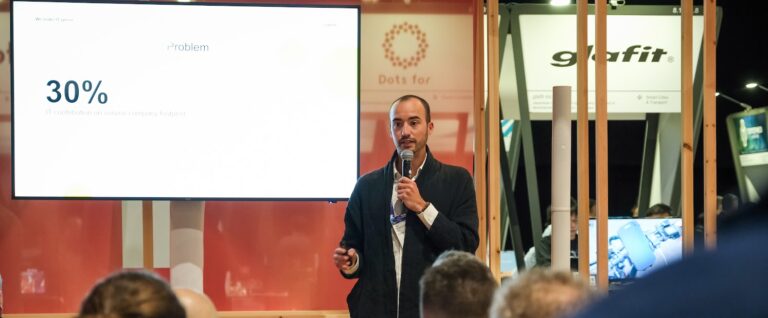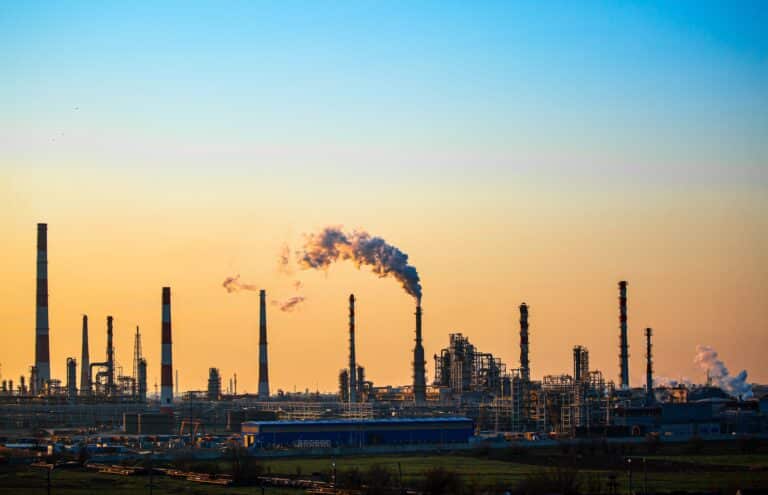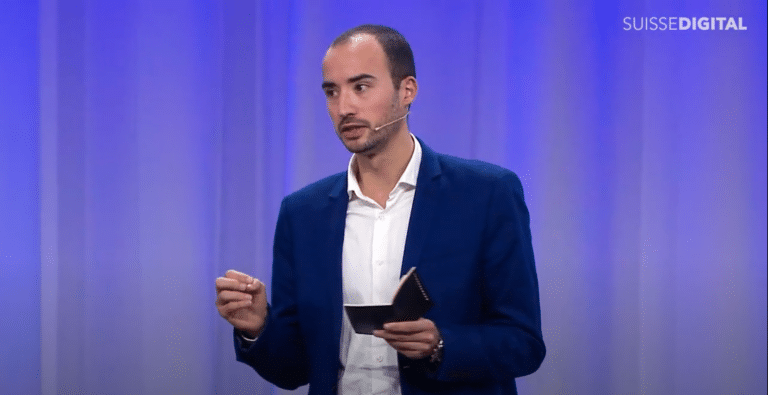
Understanding the difference between sustainability IT and IT for sustainability
- reading time: 5 minutes
In the modern digital landscape, sustainability has become a pivotal theme. As organizations strive to meet environmental goals and reduce their carbon footprints, the terms "Sustainability IT" and "IT for Sustainability" frequently surface in discussions. Although they sound similar and are often used interchangeably, they embody distinct concepts within the realm of green technology. This article delves into these two notions, highlighting their differences, significance, and implications for the future of technology and environmental stewardship.

Sustainability IT: greening the IT sector
Sustainability IT refers to the initiatives and practices aimed at making the information technology sector itself more sustainable. This encompasses a broad range of strategies, including energy-efficient data centers, eco-friendly hardware, and sustainable software development practices. The primary focus here is on reducing the environmental impact of IT operations and infrastructure.
Key components of sustainability IT include:
- Energy-efficient data centers: modern data centers are significant energy consumers. Implementing advanced cooling techniques, virtualization, and efficient server technologies can drastically reduce their energy footprint.
- Green hardware: manufacturing and disposing of IT hardware have substantial environmental impacts. Green hardware initiatives focus on creating more sustainable products using eco-friendly materials and ensuring recyclability.
- Sustainable software development: developing software that requires fewer computational resources, optimizing code for efficiency, and adopting practices that reduce the overall energy consumption of IT systems.
The goal of sustainability IT is to ensure that the technology sector itself operates in an environmentally responsible manner. This involves continuous innovation and adherence to best practices that minimize the ecological impact of IT infrastructure and processes.
IT for sustainability: leveraging IT to foster sustainability
On the other hand, IT for sustainability involves the use of information technology as a tool to promote sustainability across various industries. Here, IT is a means to an end – the end being broader environmental and sustainability goals.
Key aspects of IT for sustainability include:
- Smart grids and energy management: IT plays a crucial role in optimizing energy distribution and consumption. Smart grids, for example, use advanced IT systems to enhance the efficiency and reliability of electrical grids, facilitating the integration of renewable energy sources.
- Environmental monitoring: IT solutions, such as IoT sensors and data analytics, enable precise monitoring of environmental parameters. This can include tracking air and water quality, wildlife movements, and deforestation rates, thus aiding in conservation efforts.
- Sustainable supply chains: IT systems can improve supply chain transparency and efficiency. By leveraging blockchain, AI, and big data analytics, organizations can ensure their supply chains are more sustainable and ethical.
- Green transportation: IT innovations, such as intelligent transportation systems and electric vehicle infrastructure, contribute to reducing the carbon footprint of the transportation sector.
The essence of IT for sustainability lies in applying technological advancements to solve environmental challenges. It involves integrating IT solutions into various sectors to foster sustainability practices, reduce waste, and optimize resource usage.
The intersection and future implications
While sustainability IT focuses on making the IT sector greener, IT for sustainability emphasizes using IT as a catalyst for broader environmental benefits. Both approaches are crucial for achieving a sustainable future. As organizations and governments increasingly recognize the importance of sustainability, the synergy between these two concepts will be vital.
Future trends suggest a convergence where advancements in sustainable IT practices will enhance the capability of IT systems to drive sustainability. For instance, the development of energy-efficient AI and machine learning algorithms can simultaneously reduce the carbon footprint of IT operations and improve the efficacy of environmental monitoring systems.
Moreover, the push towards integrating sustainability into corporate strategies will likely lead to a holistic approach where IT departments are not only responsible for greening their operations but also for spearheading initiatives that leverage technology for environmental benefits.
In conclusion, sustainability IT and IT for sustainability, though interrelated, address different facets of the intersection between technology and sustainability. Sustainability IT aims to make the IT sector more eco-friendly, while IT for Sustainability leverages technology to promote environmental goals across various sectors. Both are indispensable in the global quest for a sustainable future, and their interplay will be crucial in driving meaningful change. As we move forward, embracing and innovating within these paradigms will be essential for balancing technological advancement with environmental stewardship.


Mikujy, the start-up that advocates digital sobriety

The cloud in the crosshairs of the energy crisis

SUISSEDIGITAL-DAY 2022 – Ivan Mariblanca Flinch

Five tips for green Internet surfing




